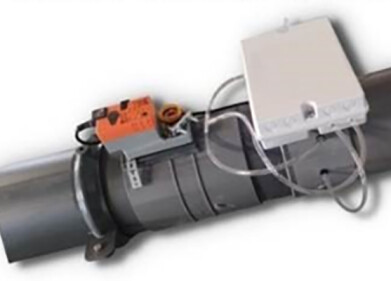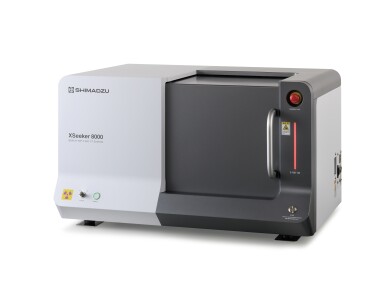Laboratory Products
MALS Detectors Enable Easy and Reliable Transmembrane Protein Characterisation
Jan 12 2011
Wyatt Technology Corporation announced that the Université de Provence and Université de la Méditerranée in Marseille, France, have implemented the innovative Wyatt Multi-Angle Light Scattering (MALS) detectors for use in their Biological Macromolecules Joint Research Unit. The instruments are used for the characterisation of transmembrane proteins, determining their quaternary structure and following their retention during protein handling. Transmembrane protein characterisation is of increasing importance for the pharmaceutical industry as these proteins are key determinants of the pharmacokinetics of drugs. Wyatt’s MALS detectors offer an easy-to-use, efficient alternative to traditional laborious in vitro characterisation techniques.
When present in their native environment, transmembrane proteins are inserted via hydrophobic segments in a lipidic bilayer. Conventional in vitro characterisation of
transmembrane proteins requires the extraction of the proteins from the membrane and subsequent maintenance in a soluble and native state. This is generally achieved using amphiphilic compounds, termed detergents, yielding proteindetergent complexes (pdc). However, several transmembrane proteins are naturally found as oligomers and maintaining this precise macromolecular assembly is a crucial issue for further studies. In addition, classical SEC column calibration does not
apply in the case of pdc, whose volume and shape depends on the detergent fraction.
For this particular application, Wyatt’s MALS instruments were used to perform a quaternary structure study of the Methanosarcina mazei CorA transporter in two detergents. MALS technology was used in conjunction with refractometry and UV280nm absorbance. This combined solution was able to solve a ‘two equations with two unknown parameters’ system, providing masses of protein and detergent in each pdc. This approach provided hints about the retention of the native, and thus active, membrane protein quaternary structure, which is a crucial issue for crystallization or other biochemical studies, without performing laborious activity tests.
Experimental results prove that Wyatt’s MALS instrumentation surpasses traditional in vitro characterisation techniques, providing a straightforward method capable of accurate, reliable characterisation of transmembrane proteins.
Digital Edition
ILM 49.5 July
July 2024
Chromatography Articles - Understanding PFAS: Analysis and Implications Mass Spectrometry & Spectroscopy Articles - MS detection of Alzheimer’s blood-based biomarkers LIMS - Essent...
View all digital editions
Events
Jul 28 2024 San Diego, CA USA
Jul 30 2024 Jakarta, Indonesia
Jul 31 2024 Chengdu, China
ACS National Meeting - Fall 2024
Aug 18 2024 Denver, CO, USA
Aug 25 2024 Copenhagen, Denmark

-(1)-(1).jpg)


24_06.jpg)













